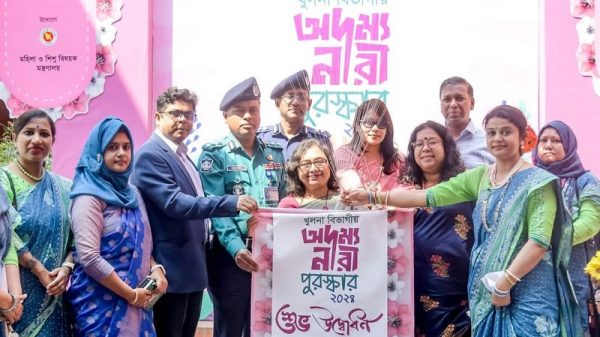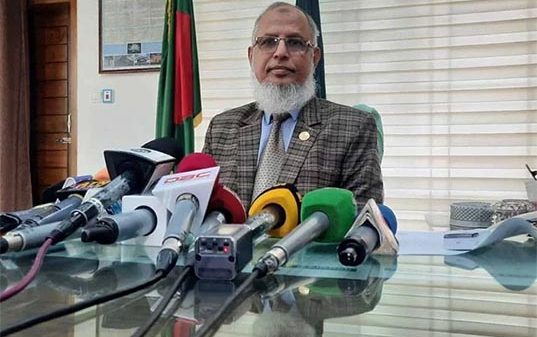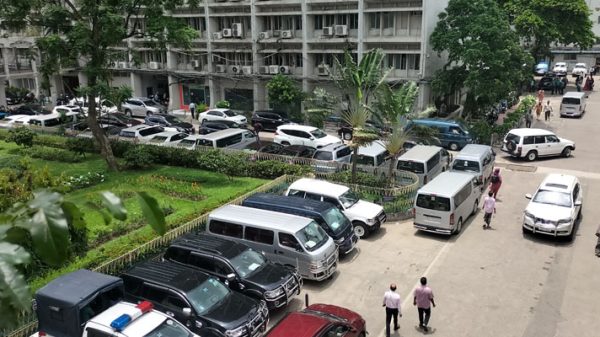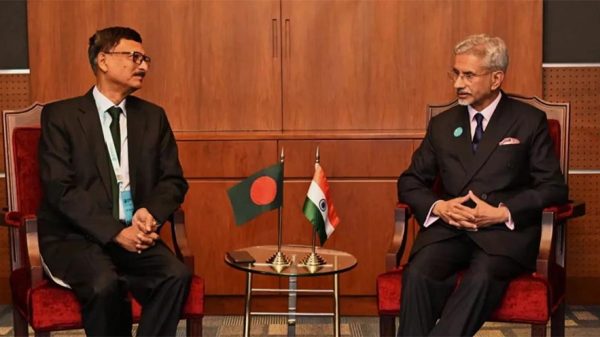Investing in women’s wellbeing must start with substantial increase in overall health expenditure: Saima Wazed

- Update Time : Thursday, 7 March, 2024, 01:48 pm
- 131 Time View
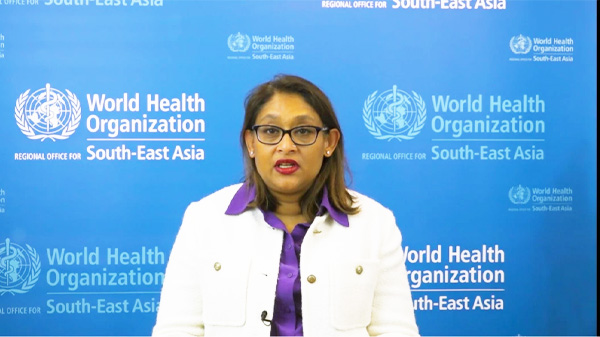
Online Desk: On the occasion of International Women’s Day 2024, WHO Regional Director for South-East Asia, Saima Wazed, emphasized the critical need for greater investment in the health and well-being of women and girls, underlining that such efforts must start with a substantial increase in overall health expenditure.
“On this count, our Region is lagging. Countries in our Region allocate only about 2.9% of GDP, against 4% globally. This means that out-of-pocket expenditure, as a share of current health spending, is unacceptably high,” she stated in her message for March 8, a day dedicated globally to renewing the commitment to achieving gender equality.
On International Women’s Day, Saima reiterated her commitment to support all countries in the region to increase investment in women’s health and wellbeing, and to accelerate progress towards gender equality.
“This year, we are enjoined to invest in women, to accelerate progress. I am very pleased to support this message today, as improving the health of all women is one of my top priorities,” she said.
Rest of statement:
When families have to pay out of pocket, they will often delay or forgo much needed care. How does this impact women? As we know, much of the burden of caring for the sick or older family members falls on women and girls.
Women and girls already perform most of the unpaid work in households — spending two to five times more each day doing such work when compared to men. This highly unequal situation holds women back from fully participating in economic and political life.
We know we need to accelerate progress towards gender equality and health for all. We’ve made some gains, but inequalities persist.
For example, we’ve made gains in three distinct areas:
– the proportion of women receiving antenatal care from skilled providers,
– those satisfied with modern methods of family planning, and
– those receiving skilled attendance for their deliveries
But these gains are not being equally distributed. Inequities in these gains exist based on women’s location, educational levels and household incomes.
Another area where improvement is needed is that currently policies do not fully recognize a woman’s autonomy in sexual and reproductive health decisions.
Gender inequalities also affect some risk factors of noncommunicable diseases.
In our Region, women have a higher prevalence of being overweight and obese than men. Often this is because of less physical activity. This is likely because of gender differences that impact mobility, access to recreational facilities, and perceptions of safety related to crime and traffic.
Women in our Region also face various barriers to access to services, such as lack of a female health provider. They also face constraints of a lack of access to household resources and transport, long distances to health facilities and weak decision-making powers.
Violence against women and girls remains unacceptably pervasive. This is nothing less than a violation of their human rights, and a priority public health issue. In our Region, more than one in three women will experience intimate partner violence in their lifetime. We need to increase investment to effectively prevent and respond to this violence, and to capacitate the health sector to play its role.
Evidence-informed gender-responsive health policies and programmes can help reduce these gender gaps in health. Most countries in the Region have adopted such national plans. However, their capacity to implement them needs strengthening.
I am pleased to let you know that we are currently designing one of my Priority Programmes, specifically focusing on Women & Children.
Focusing on women’s health has multigenerational impacts on public health, on early childhood development, and even on societal & economic development. This is something the SDG framework also recognizes.
The health outcomes of the next generation are impacted even before they are born – and so we must pay a particular focus to the health of pregnant women.
Better informed mothers lead to lifelong benefits for subsequent generations. They provide better nutrition for children, encourage active lifestyles, instill cleanliness and hygiene, and other healthy habits.
Their knowledge, understanding and practices regarding their own health are taught to not only their own families, but to their broader communities as well. When we improve a woman’s knowledge of health, she will teach other women around her.”

